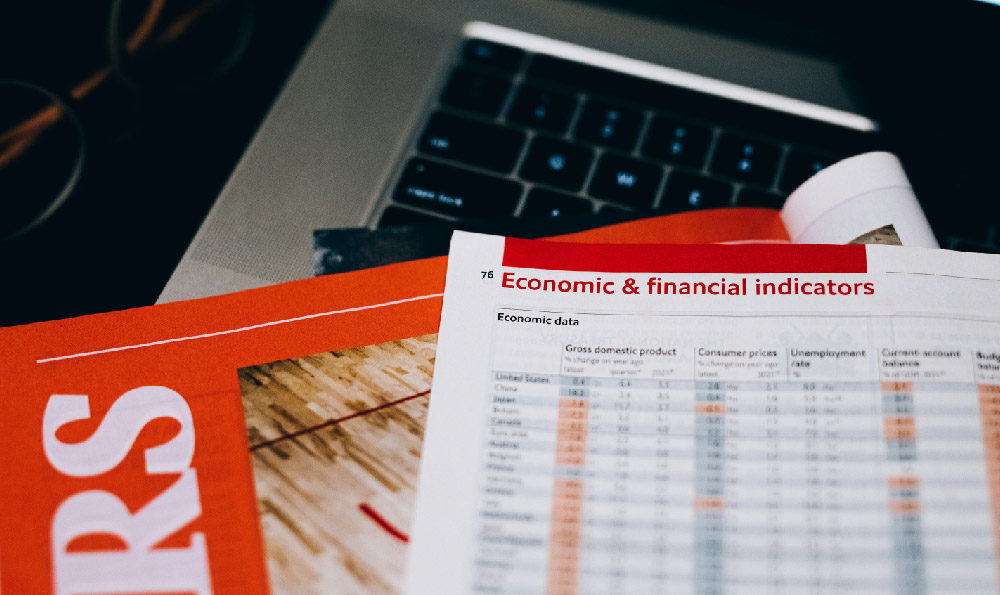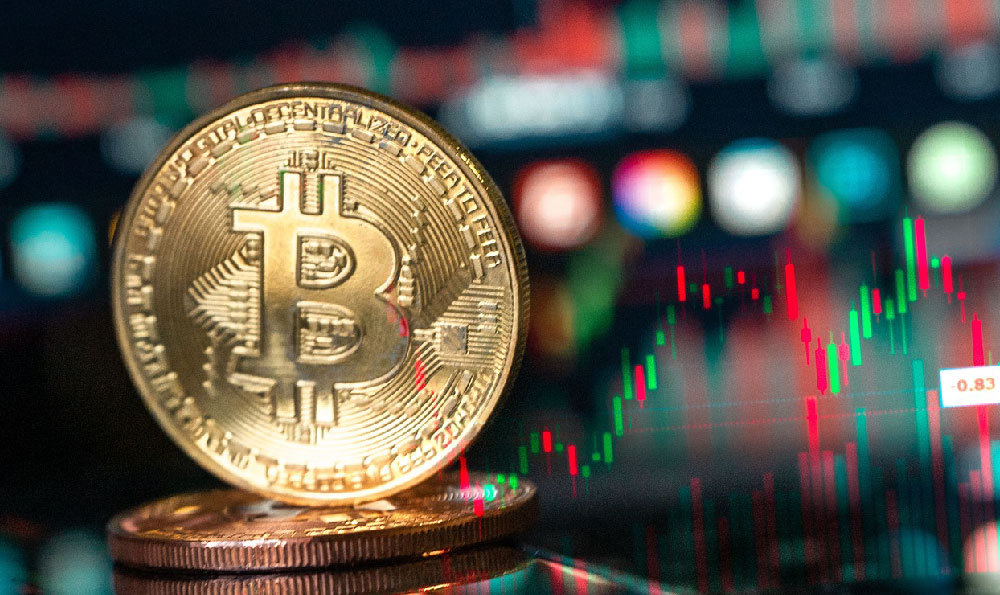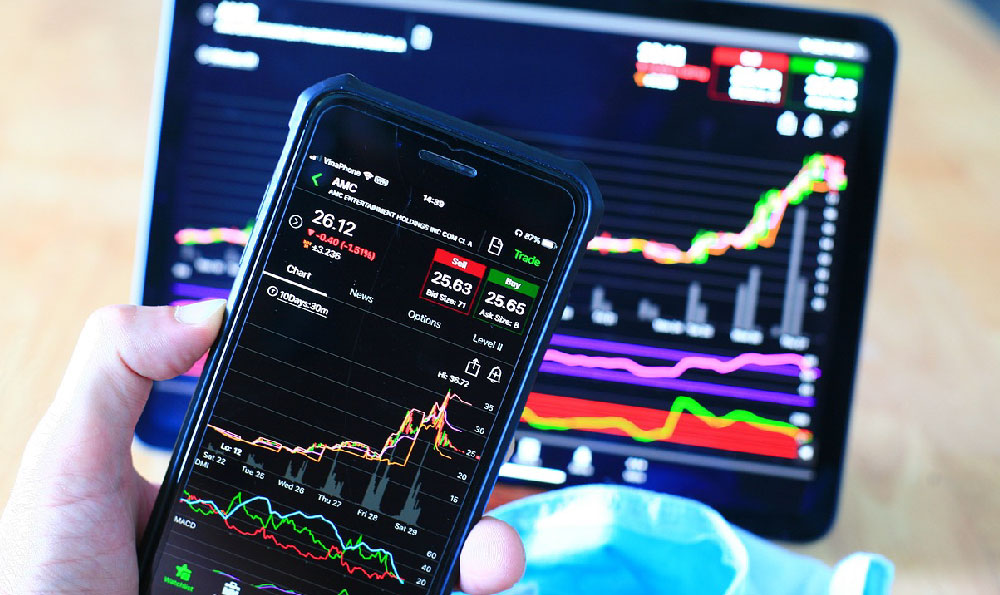Moving cryptocurrency between exchanges is a common practice for seasoned traders and newer investors alike. Perhaps you’ve identified a better trading pair on Coinbase, or are looking to take advantage of a promotional offer. Maybe you simply prefer Coinbase’s user interface. Regardless of the reason, understanding how to transfer cryptocurrency from Bitstamp to Coinbase, and crucially, whether it's a safe procedure, is essential.
Let's break down the process step-by-step and address the security considerations.
The Step-by-Step Transfer Process

The fundamental process involves withdrawing your cryptocurrency from Bitstamp and depositing it into your Coinbase account. Here’s a detailed guide:
-
Log into your Coinbase Account and Locate Your Receiving Address: This is paramount. Every cryptocurrency has its unique address format. Sending Bitcoin to an Ethereum address, for example, will likely result in irreversible loss of funds. Within Coinbase, navigate to the specific cryptocurrency you wish to transfer (e.g., Bitcoin, Ethereum, Litecoin). Usually, you'll find a "Receive" or "Deposit" button. Clicking this will generate a unique alphanumeric string – your receiving address. Double-check that you are copying the correct address for the corresponding cryptocurrency. For example, make sure you’re copying a Bitcoin address from Coinbase if you are transferring Bitcoin from Bitstamp. Some cryptocurrencies, like XRP (Ripple), also require a destination tag. Be absolutely certain you copy this accurately, as well.
-
Log into your Bitstamp Account and Initiate a Withdrawal: Access your Bitstamp account and navigate to the "Withdraw" section. Again, carefully select the cryptocurrency you intend to transfer. Bitstamp will likely require you to have two-factor authentication (2FA) enabled for security purposes, which is an excellent practice.
-
Enter the Coinbase Receiving Address: This is where meticulous attention to detail is critical. Paste the receiving address you copied from Coinbase into the appropriate field on Bitstamp's withdrawal form. Verify every single character of the address. It's highly recommended to compare the first and last few characters carefully to ensure accuracy. Some users even split the screen and compare the addresses side-by-side. Entering an incorrect address could result in the permanent loss of your cryptocurrency.
-
Specify the Withdrawal Amount: Enter the amount of cryptocurrency you wish to transfer. Be mindful of any withdrawal fees that Bitstamp may charge. These fees can vary depending on the cryptocurrency and network congestion. Always factor in the fee when determining the withdrawal amount, as Coinbase will only receive the net amount after fees.
-
Confirm and Authorize the Withdrawal: Bitstamp will likely prompt you to confirm the withdrawal details and may require you to enter a 2FA code to authorize the transaction. Review everything one last time before confirming. Once you authorize the withdrawal, the transaction is typically irreversible.
-
Wait for Confirmation: The transaction will need to be confirmed on the blockchain. The time it takes for confirmation depends on the cryptocurrency and the network congestion. Bitcoin, for example, can sometimes take longer than other cryptocurrencies. You can monitor the progress of the transaction using a block explorer like Blockchain.com (for Bitcoin) or Etherscan.io (for Ethereum). Bitstamp will usually provide a transaction ID (TXID) or hash, which you can use to track the transaction.
-
Check Your Coinbase Account: Once the transaction is confirmed, the cryptocurrency should appear in your Coinbase account.
Is It Safe? Addressing Security Concerns
Transferring cryptocurrency between exchanges inherently carries some risk. However, by taking appropriate precautions, you can significantly mitigate these risks.
-
The Human Factor: The biggest risk is arguably human error. As mentioned earlier, incorrectly entering the receiving address is the most common cause of lost funds. This underscores the importance of meticulous double-checking and potentially using copy-paste functionality to minimize typos. Always triple-check the address before confirming the transaction.
-
Exchange Security: Both Bitstamp and Coinbase are generally considered reputable exchanges with robust security measures. However, even established exchanges are not immune to hacking attempts. It’s important to understand the security protocols both exchanges have implemented. Research their security track record and read user reviews (with a grain of salt) to form your own opinion.
-
Phishing Attacks: Be wary of phishing emails or websites that attempt to trick you into revealing your login credentials. Always access Bitstamp and Coinbase directly by typing the correct web address into your browser, rather than clicking on links in emails. Enable two-factor authentication (2FA) on both exchanges. This adds an extra layer of security by requiring a code from your phone in addition to your password.
-
Network Security: Ensure that you are using a secure internet connection when transferring cryptocurrency. Avoid using public Wi-Fi networks, as they are often unsecured and vulnerable to hacking. A virtual private network (VPN) can add an extra layer of security by encrypting your internet traffic.
-
Test Transactions: For larger transfers, it's prudent to perform a small test transaction first. Send a small amount of cryptocurrency to your Coinbase account to ensure that the process is working correctly before transferring the bulk of your funds.
-
Cold Storage: For long-term storage, consider transferring your cryptocurrency to a cold storage wallet (hardware wallet or paper wallet). Cold storage wallets are offline, making them less vulnerable to hacking attacks. While this adds a layer of complexity, it significantly enhances security.
-
Diversification: Never put all your eggs in one basket. Diversify your crypto holdings across multiple exchanges and wallets. This reduces the risk of losing all your funds if one exchange is compromised.
Conclusion
Transferring cryptocurrency from Bitstamp to Coinbase is a relatively straightforward process, but it requires careful attention to detail and a thorough understanding of the associated risks. By following the steps outlined above and implementing the security measures discussed, you can safely and securely move your cryptocurrency between exchanges. Remember, in the world of cryptocurrency, vigilance is paramount. Always prioritize security and double-check every detail before initiating a transaction. Taking these precautions will help you protect your investments and navigate the cryptocurrency landscape with confidence.












